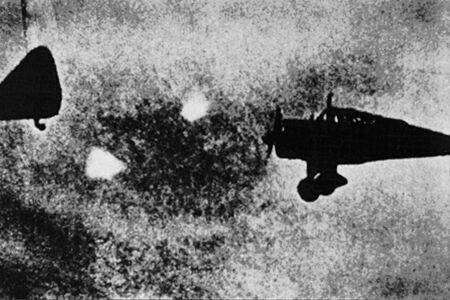
“Only one man in a thousand is a leader of men. The other 999 follow women.” — Groucho Marx

“Only one man in a thousand is a leader of men. The other 999 follow women.” — Groucho Marx
Isaac Asimov proposed a simple way to distinguish chemists from non-chemists: Ask them to read aloud the word unionized.
Non-chemists will pronounce it “union-ized”, he said — and chemists will pronounce it “un-ionized.”
Sixteenth-century prophet Nostradamus predicted three Antichrists. The first two are thought to have been Napoleon and Hitler, but the third, known only as “Mabus,” hasn’t shown up yet. Here are the relevant quatrains:
Mabus will soon die, then will come
A horrible undoing of man and beast,
We will see vengeance at once,
One hundred powers, thirst, famine, when passes the comet.
His hand finally through the bloody ALUS,
He will be unable to protect himself by sea,
Between two rivers he will fear the military hand,
The black and angry one will make him repent of it.
What does this mean? Who knows? Presumably it’ll make sense at the time.

San Francisco after the 1906 earthquake. (See also George Lawrence’s kite photo.)
More than 80 percent of the city was destroyed in the quake and subsequent fire. One journalist wrote that it was not a fire in San Francisco, but a fire of San Francisco.
Every October, glowing balls rise from the depths of the Mekong River in Thailand and Laos. Each night hundreds of reddish orbs, each the size of an egg, rise to about 200 meters above the river and disappear.
No one’s sure what’s causing them. Possibly the river’s sediment is fermenting and combusting. Villagers attribute the fireballs to the phaya naga, which they say lives in the Mekong. Whatever the cause, they make for a good festival.

During World War II, Allied pilots over Europe and the Pacific reported seeing blobs of light or fire near their planes. In 1945, Time reported:
If it was not a hoax or an optical illusion, it was certainly the most puzzling secret weapon that Allied fighters have yet encountered. Last week U.S. night fighter pilots based in France told a strange story of balls of fire which for more than a month have been following their planes at night over Germany. No one seemed to know what, if anything, the fireballs were supposed to accomplish. Pilots, guessing it was a new psychological weapon, named it the “foo-fighter.” … Their descriptions of the apparition varied, but they agree that the mysterious flares stuck close to their planes and appeared to follow them at high speed for miles. One pilot said that a foo-fighter, appearing as red balls off his wing tips, stuck with him until he dove at 360 miles an hour; then the balls zoomed up into the sky.
Possibly they were electrical discharges, like St. Elmo’s fire, or possibly German anti-aircraft batteries were firing flares to aid their night fighters. Whatever they were, the lights apparently caused no injury or damage.
Those Australians. In August 1872, the people of Gayndah Station, North Queensland, cooked a special dish for Carl Staiger, director of the Brisbane Museum — a bizarre fish unlike any he’d ever seen. Excited, Staiger sent a sketch and a description to expert François Louis de la Porte, who dubbed it a new species in 1879.
Well, it was certainly new. The creature had been assembled from the body of a mullet, the tail of an eel and the head of a platypus or needlefish. The hoax was soon exposed — but Ompax spatuloides could still be found on some lists of Australian fishes as late as the 1930s.

In 2001, a man bought a sundae at a Dairy Queen in Danville, Ky.
He paid with a $200 bill featuring a portrait of George W. Bush.
The cashier accepted it — and gave him $197.88 in change.
discalced
adj. without shoes
The Czech sentence Strč prst skrz krk (“stick finger through throat”) has no vowels — which makes it a notoriously difficult tongue-twister.
It’s so difficult, in fact, that Czechs challenge each other to say it — as a test for sobriety.